Honda CR-V review: A practical family SUV with a touch of the future
Honda have been in the headlines over the fate of their UK base at Swindon, with the fallout overshadowing their new CR-V — and that's something of a shame, as Toby Keel found out.
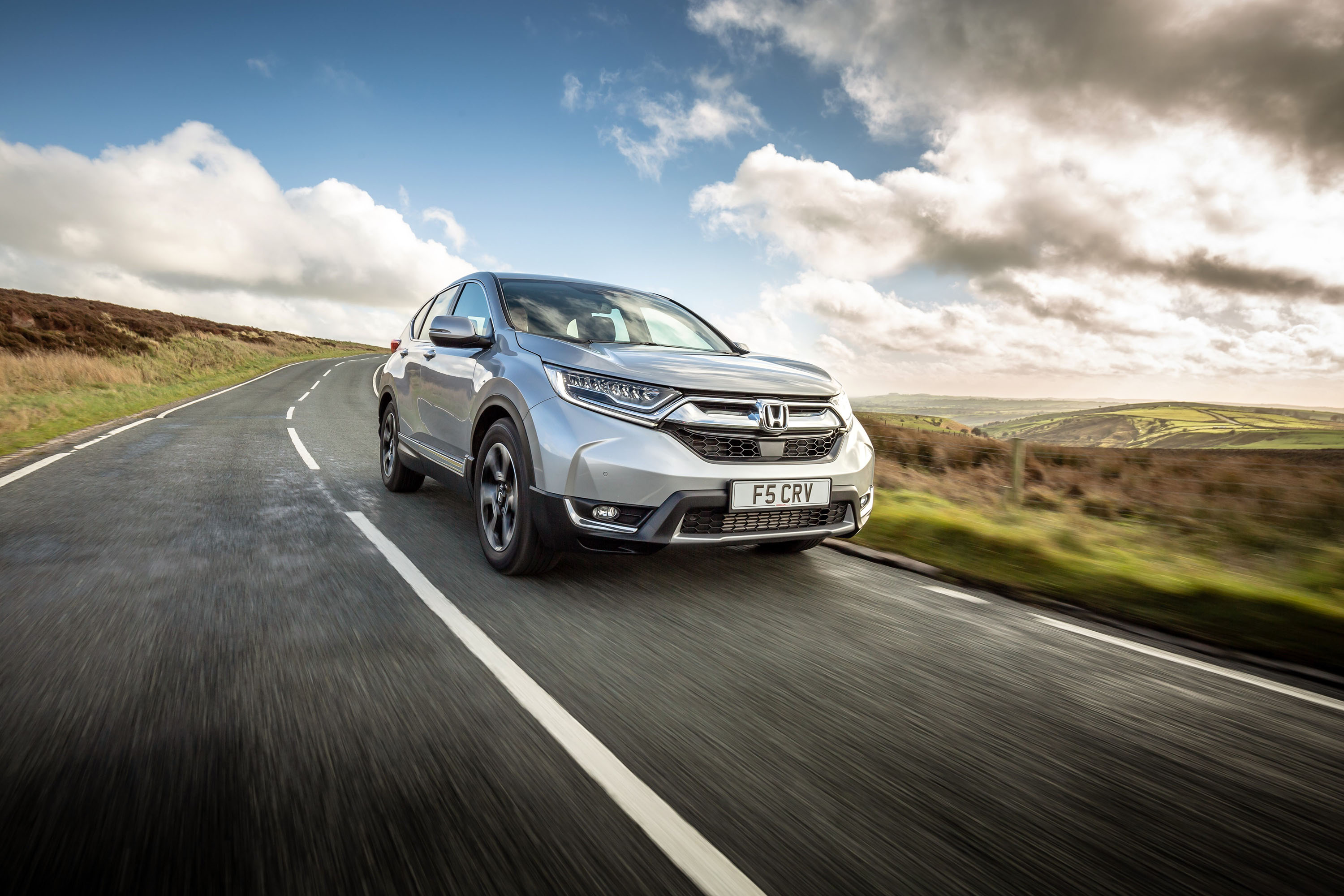
Until a few weeks ago, I owned a Honda CR-V. It was two decades old, had creaky suspension and a mysterious leak. The electric windows went up and down like an octogenarian on a ladder, and the interior décor couldn’t have been more 1990s if it was listening to Vanilla Ice on a Discman.
Apart from that it was a damn good car – which was a bit of luck for me, since I bought it in a bit of a panic when a blown turbo forced me to scrap my Saab. The CR-V started first time, every time, was a revelation in the snow and ice and was stupendously practical and easy to drive, with great visibility and a comfortable seating position. It also had a pleasantly boxy look that rather grew on me.
So the idea of jumping into the brand-new, smart-looking iteration of Honda’s CR-V – which did as much as anything out there to popularise the ‘soft-roader’/SUV phenomenon – genuinely appealed. When it turned up, it looked very decent indeed, with Honda’s designers giving that old box shape a few futuristic flourishes. I eagerly opened the doors to hop in, expecting to feel immediately at home yet nicely surprised – as I was about to visit a once-gawky childhood friend who’d made good in their career, found love and was living in a swish new home.
Instead, I was somewhat bewildered. Every surface of the dashboard, steering wheel and centre console seemed to be covered in buttons, dials, knobs, switches and displays. I felt like a Spitfire pilot transported into the cockpit of an F35B Lightning – and I acted like one too, pushing buttons at random. Rather ironically, the first thing to appear was something that the F35 pilot would know only too well: a heads-up display emerged from the dashboard, showing off speed, gear and RPM in your field of vision. Just what every family-friendly load-lugger needs.
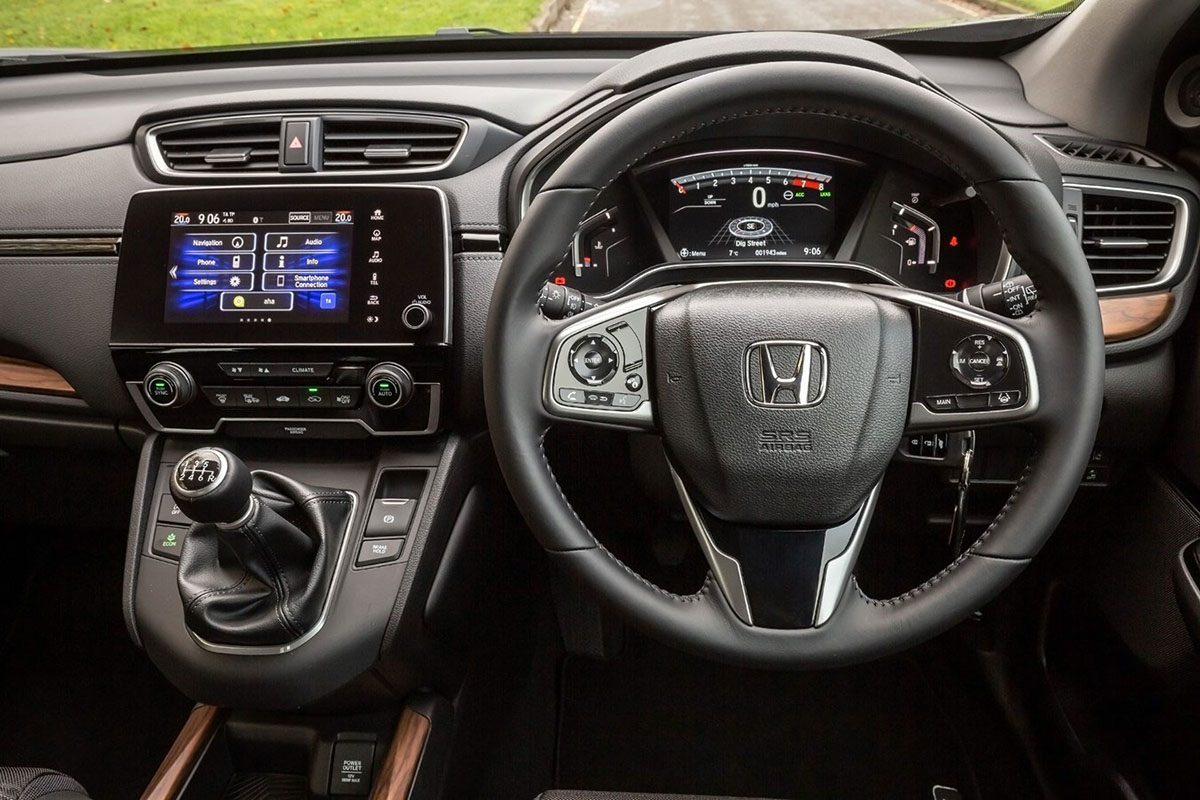
Push the start button, though, and things instantly become simpler – much simpler than the late 1990s version, to be honest. Driving the new CR-V is a breeze: plenty of power from the 1.5-litre turbo-charged version of Honda’s evergreen VTEC engine, beautifully weighted steering, imperceptible gear shifts from the automatic CVT gearbox and endless gizmos to make driving, parking and manoeuvring easy. The mirrors tilt downwards when you’re reverse parking to help you avoid kerbing the alloys, for example, while the cruise control comes with radar-assistance and lane-control steering, which automatically keeps you in the white lines.
Put this thing on the motorway and it’s capable of following the car in front with almost zero input from the driver – something that, when I briefly demonstrated it, amused the kids no end, but horrified my wife. Funny to think that once they’re old enough to drive such things will seem old hat; for those of us who first drove cars with drum brakes and without power steering, will we ever be comfortable letting the machine take over?
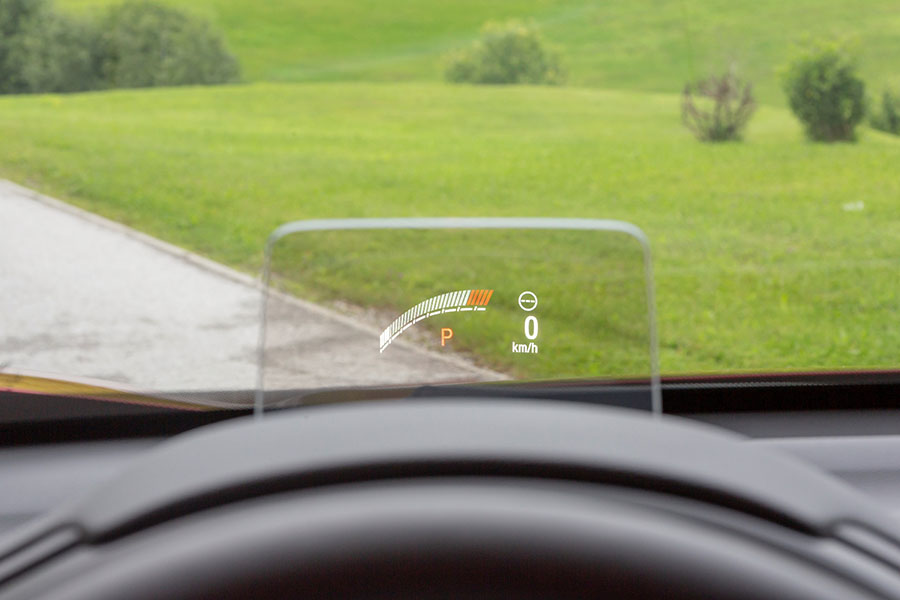
There’s no ignoring the gizmos – and actually they’re a key selling point of the CR-V. The top-of-the-range, all-bells-and-whistles EX version costs a few grand more than an entry-level Discovery Sport, but unlike the Land Rover it comes with a spec sheet listing over 50 options that come as standard. There’s a panoramic roof, blind-spot warning monitors, a nine-speaker stereo system with subwoofers, USB charging ports everywhere you look, a push-button tailgate and electric memory driver seats.
Sign up for the Country Life Newsletter
Exquisite houses, the beauty of Nature, and how to get the most from your life, straight to your inbox.
All were very welcome except the latter, which dutifully changed the seat to some else’s settings every time I got out of the car, meaning that I had to change it every time I got back in. Every. Single. Time. I even took the Nuclear Option – reading the manual – but still couldn’t find how to stop this from happening, and the nice man from Honda who collected the car had no idea either. At least that’s one problem my Mk1 CR-V didn’t have, but of course if you bought one I’m sure somebody would explain how to turn this feature off.
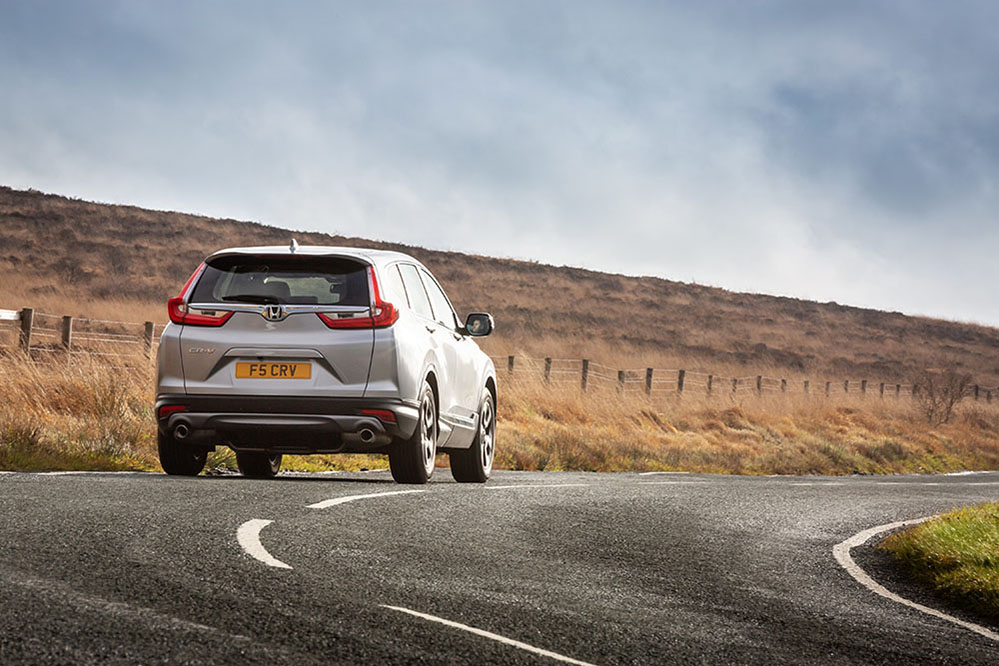
Should you buy one? Well, the basic appeal of the Honda CR-V is the same as it has been for 20 years: space, practicality, comfort and all in a shell that’s big, but not huge. The standard of kit and the finish inside was superb – so close to what you’d expect in the Land Rover as makes no real difference. Its economy was reasonable too: a hybrid version is imminent if that's what you need, but in the petrol-powered model we recorded just under 35mpg, not bad for a 4x4 tipping the scales at 1.7 tonnes (that was as good as it got, incidentally: switching the box to ‘Economy’ mode – or ‘false economy’ mode, as I came to think of it – seemed to make precious little difference to fuel economy, but had a big impact on driveability). The boot was enormous, the legroom terrific and the all-important heated steering wheel and seats were present and correct. All in all it was an extremely pleasant car to live with, a sound purchase that would keep you happy for many years.
Now, though, we have to deal with the elephant in the room: Honda’s recent decision to close their Swindon plant, which was taken just before the CR-V reached us at Country Life. For so many years buying a Honda felt pretty much like buying British, and it’s hard not to escape the feeling that, from now on, Honda will have a tougher time in what has for decades been their strongest European market. The decision is terribly sad for many reasons and on many levels; let’s hope that the company makes a U-turn and finds a way to make Swindon part of their electric car future rather than one of the things they’re leaving behind as they move forward.
On The Road: Honda CR-V 1.5T VTEC EX AWD CVT
- Spec as driven: £37,005 (starting price £25,930)
- Power: 190 bhp, 243Nm torque
- Acceleration: 0-62mph in 10.0 seconds
- Fuel economy: 39.8mpg (official combined figure)
See more details about the car at www.honda.co.uk
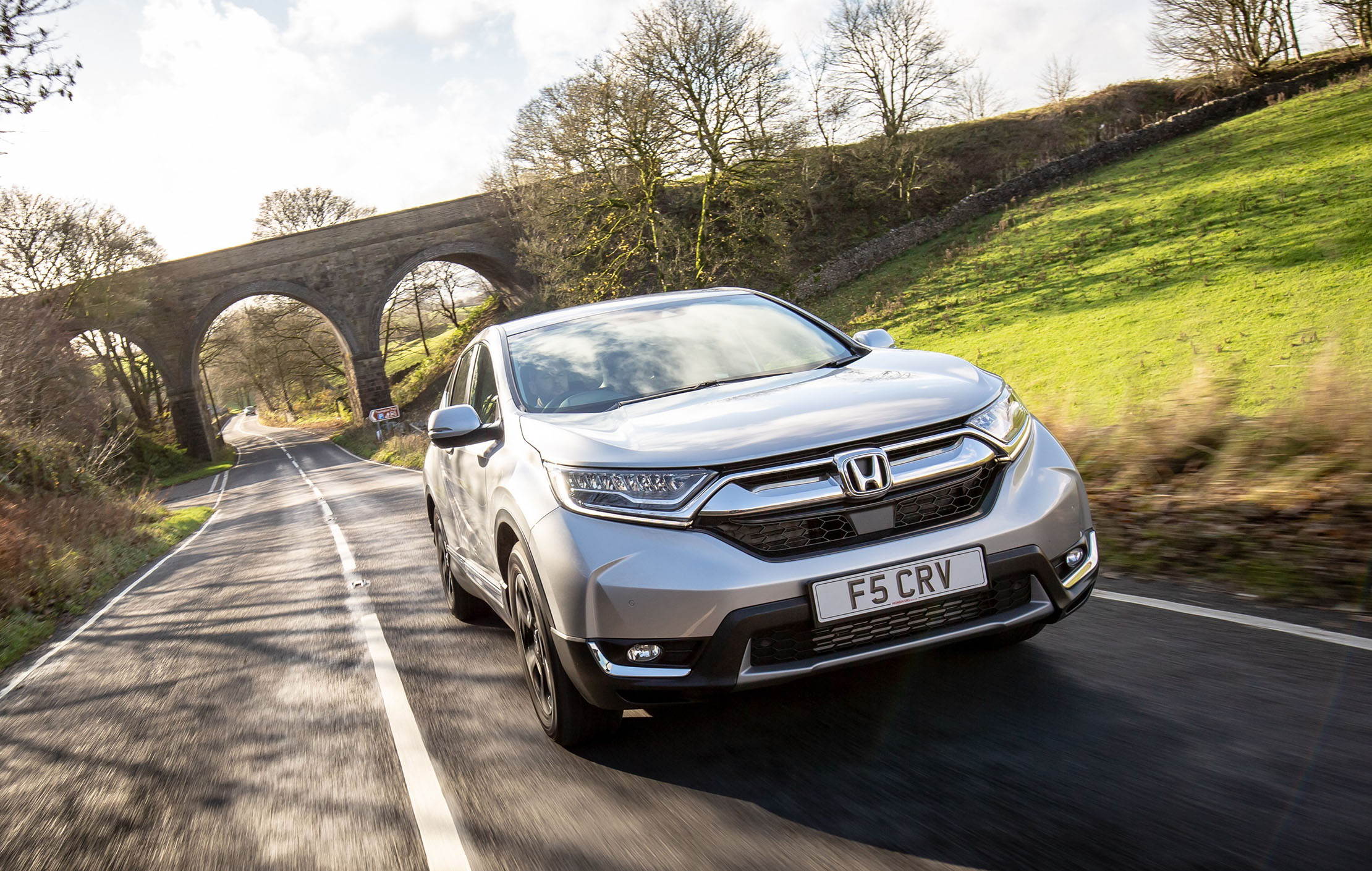
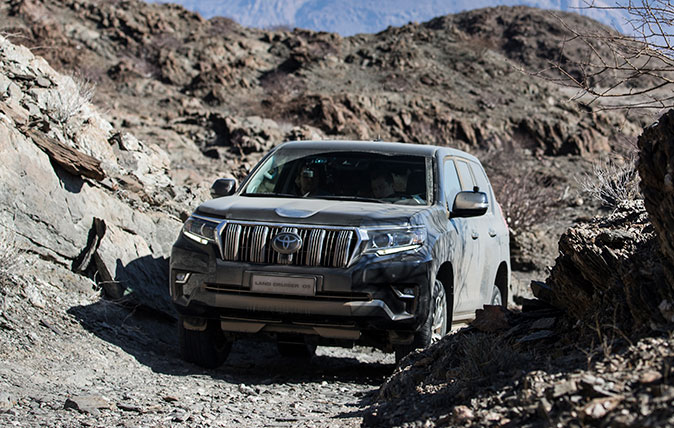
Credit: Toyota Land Cruiser
Toyota Land Cruiser review: Cruising through the Gates of Hell – and ending up wanting more
Toyota's new Land Cruiser is as tough and reliable as 4x4s come – something that Toby Keel was only too grateful
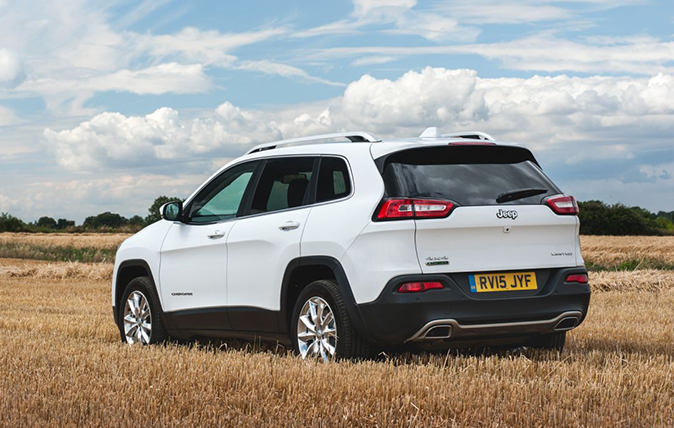
Jeep Cherokee review: Good, but is it good enough?
Drivers in the USA love the Jeep, but in the UK it's struggled to gain a foothold against the likes
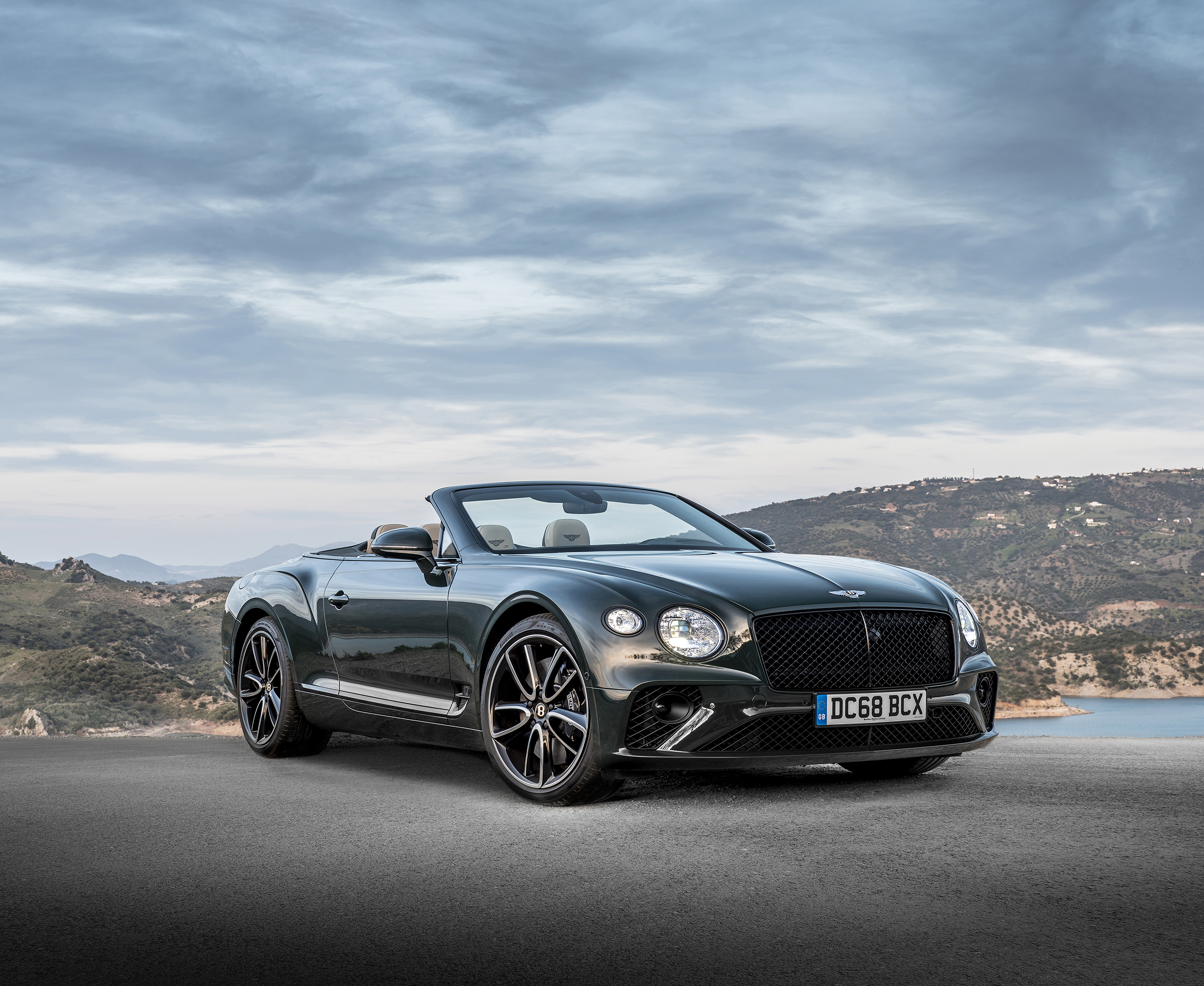
Credit: Stuart Price
Bentley Continental GT Convertible review: Power and poise in perfect harmony
Elegant, but burly like a bare-knuckle brawler, Bentley’s new Continental GT Cabriolet is both slick and rugged says James Fisher.
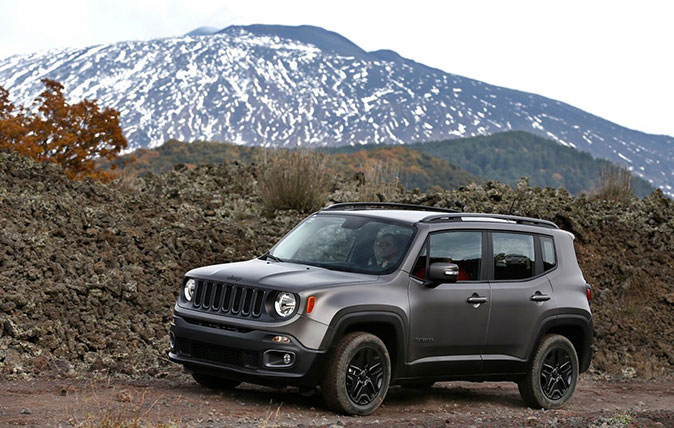
Jeep Renegade review: A car that's happy in city or country, with a steering wheel that will spark joy
The Jeep Renegade has proven a huge hit among those who are after a car that promises to fit in
Toby Keel is Country Life's Digital Director, and has been running the website and social media channels since 2016. A former sports journalist, he writes about property, cars, lifestyle, travel, nature.
-
 Designer's Room: A solid oak French kitchen that's been cleverly engineered to last
Designer's Room: A solid oak French kitchen that's been cleverly engineered to lastKitchen and joinery specialist Artichoke had several clever tricks to deal with the fact that natural wood expands and contracts.
By Amelia Thorpe
-
 Chocolate eggs, bunnies and the Resurrection: Country Life Quiz of the Day, April 18, 2025
Chocolate eggs, bunnies and the Resurrection: Country Life Quiz of the Day, April 18, 2025Friday's quiz is an Easter special.
By James Fisher
